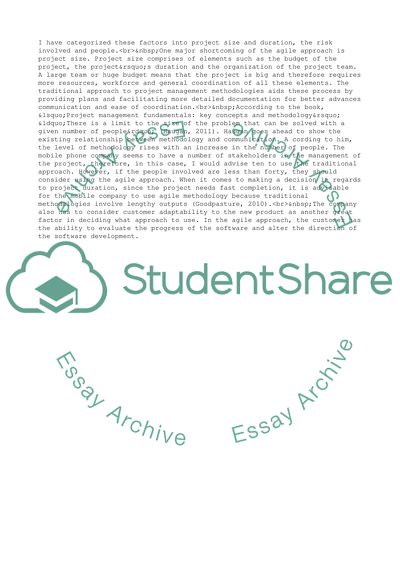Cite this document
(“An Agile Methodology and a More Traditional Approach Essay”, n.d.)
An Agile Methodology and a More Traditional Approach Essay. Retrieved from https://studentshare.org/business/1672937-case-study-scenario
An Agile Methodology and a More Traditional Approach Essay. Retrieved from https://studentshare.org/business/1672937-case-study-scenario
(An Agile Methodology and a More Traditional Approach Essay)
An Agile Methodology and a More Traditional Approach Essay. https://studentshare.org/business/1672937-case-study-scenario.
An Agile Methodology and a More Traditional Approach Essay. https://studentshare.org/business/1672937-case-study-scenario.
“An Agile Methodology and a More Traditional Approach Essay”, n.d. https://studentshare.org/business/1672937-case-study-scenario.


